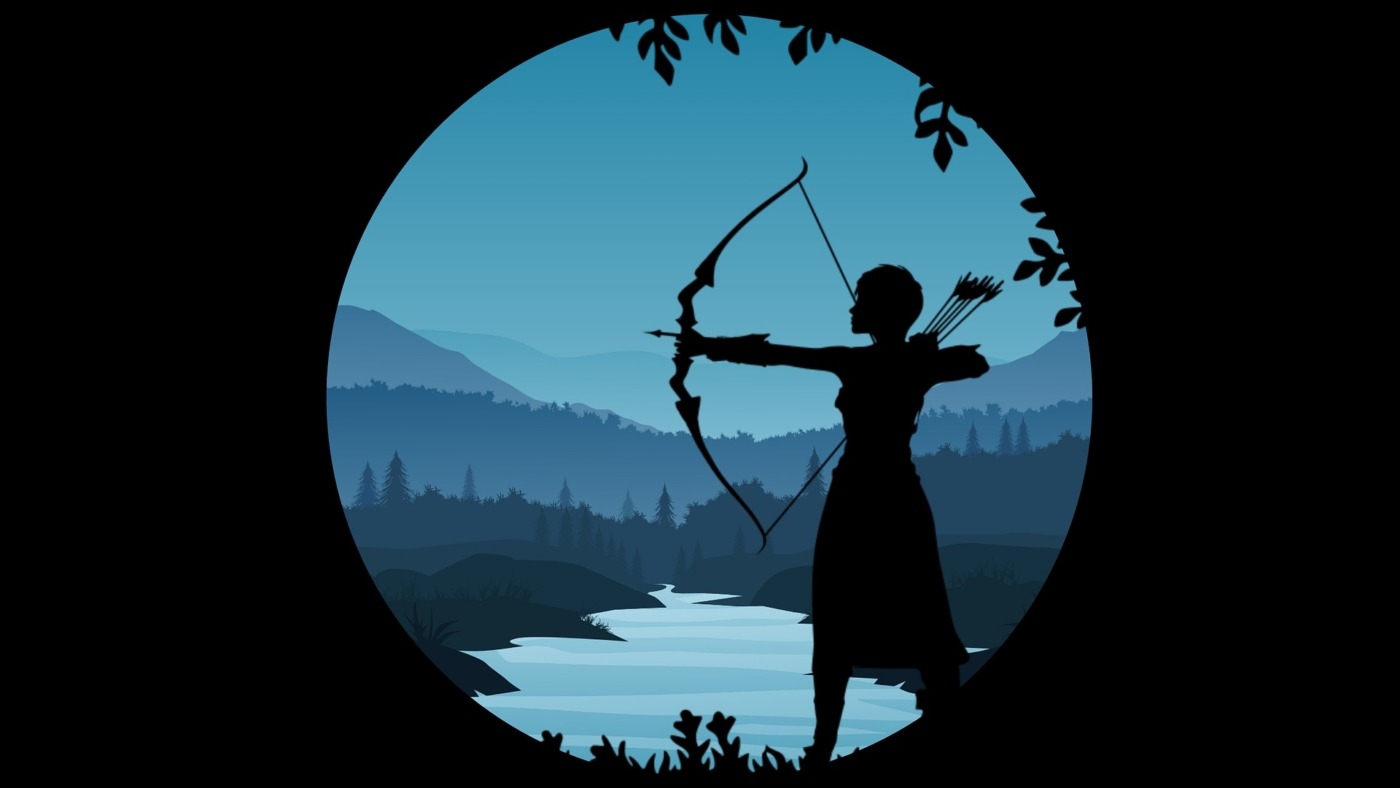Woman: the hunter
New discoveries from a 9,000 year old archaeological site in the Andes have suggested that women, too, were hunters.
The study, conducted by Randall Haas (of the University of California, Davis) and his team, found an individual buried with an extensive collection of stone tools, fit for a variety of purposes – from killing animals to preparing the hide.
The remains were initially assumed to be male, with Haas himself even remarking that they thought “He must have been a really great hunter, a really important person in society”. This is because the remains were clearly of a revered hunter in the society. However, upon genetic analysis, the remains were proven to be biologically female, and protein analysis of dental remains suggests she was aged between 17-19 at her death.
Furthermore, this example is not individual: Haas and his team reexamined reports from burials at 107 other sites in the Americas, and came to the conclusion that between 30-50% of all big game hunters in this period in the Andes may have been women, and thus argues that the game hunting was gender natural. This may have been because, in order to increase safety and efficiency, groups with the largest number of able-bodied adults were favourable, regardless of the sex of the group members.
Between 30-50% of all big game hunters in this period in the Andes may have been women
This result contradicts the prevailing ‘man the hunter’ theory, which stated that men hunted, while women gathered and mothered. In addition to showing that the roles of the sexes may not have been as concrete as once assumed, this may also show a more communal social arrangement than previously considered. While some mothers hunted, a more communal approach to parenting is likely to have been adopted – which casts a new light on the structure of ancient Andean societies.
This is by no means the only instance of women acting in ‘traditionally male’ roles, such as warriors – one such example is within Viking settlements. In one example from the 10th Century, the woman was found with not only weapons, but with grave goods that indicated high rank. These included not only weapons but also game pieces and a board – suggesting she was involved with planning tactics as well as directly fighting.
Of course, the distinction between sex and gender should also be drawn – despite being biologically female, this does not necessarily mean that the hunter in question would have identified as a woman. This is particularly key given the fact that we have little idea of how gender functioned in this society. However, this certainly points to some discrepancy between previous theories and the evidence displayed here.
In previous studies, similar evidence regarding women’s role has been found, and ignored. This raises questions about the importance of researcher bias – by writing off these incidences of female hunters as singular and unimportant, each of these researchers has imposed their modern gender bias upon another society. By assuming that men were the only people from ancient societies who hunted, archaeologists have reinforced a gender bias which is informed by modern understanding of sex and gender.
Thus, while these results cannot be conclusive in terms of wider extrapolations, they certainly draw attention to some key developments in the field, both in relation to our understanding of ancient human societies, and in relation to research practices. It brings to light the key question – what else have we been missing because of the modern lens through which we view other societies, and how can we work to research more objectively?

Comments